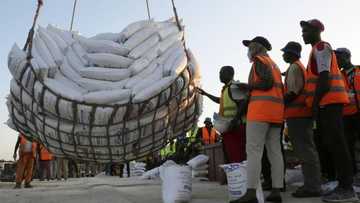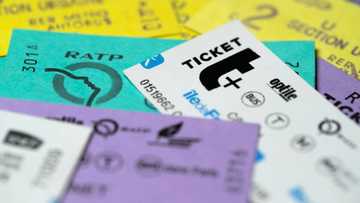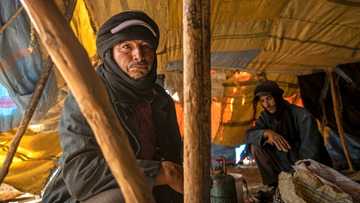Inflation puts squeeze on Spain's legendary lunch menu
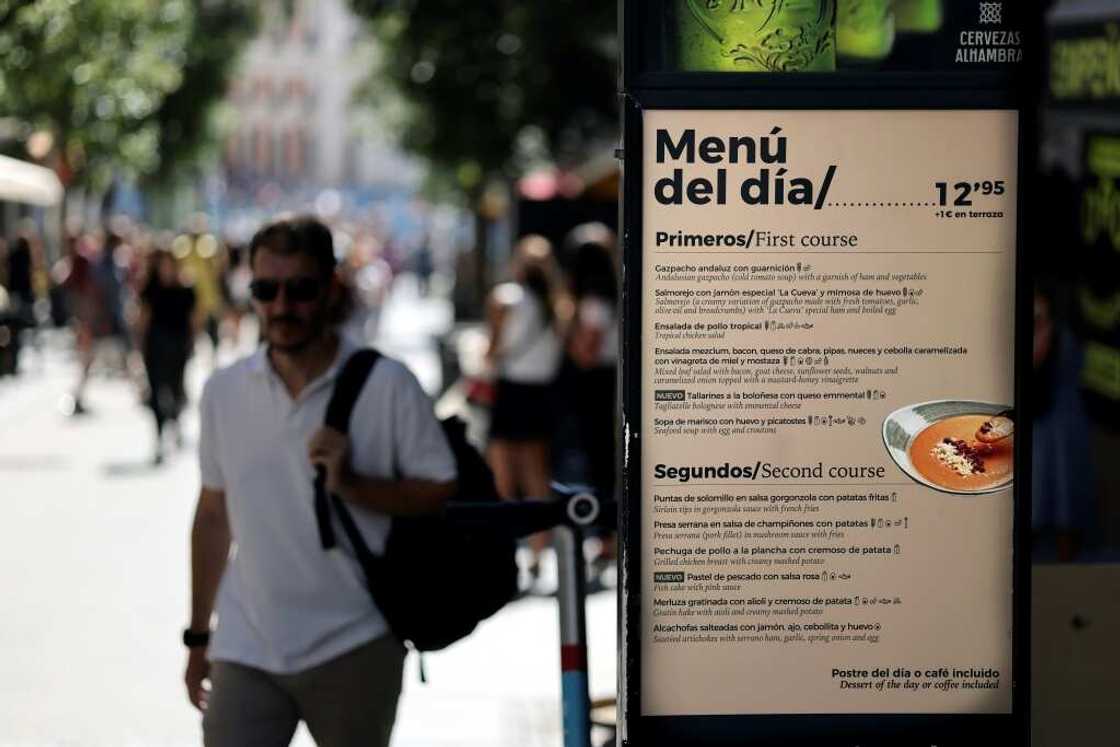
Source: AFP
Dreamt up in the 1960s to attract tourists, Spain's three-course "menu del dia", or set lunch menu, has long been seen as the best deal in town.
But with inflation hovering around 10 percent, its affordability is under threat as restaurants seek ways to economise.
For a starter, main course and dessert or coffee (or both), bread and a drink, the average price is around 12.8 euros ($12.60), according to figures from Hosteleria de Espana, Spain's main hostelry association representing the hotel and restaurant industry.
Offered by almost every Spanish restaurant, its price makes it a popular option in a country where people frequently eat out.
"Everyone chooses it," says Sara Riballo, who is in her 30s, sitting on a terrace in central Madrid.
"We eat out several times a week and we usually go for the set menu because it's better value for money, it's quicker and it's quite varied," agrees her colleague Estefania Hervas.
PAY ATTENTION: Follow us on Instagram - get the most important news directly in your favourite app!
Spanish restaurants serve up on average four million "menus del dia" every day in the country of 47 million people, the hostelry association says.
The idea was first cooked up nearly six decades ago when Spain was under the dictatorship of Francisco Franco.
A ministerial order was issued that all restaurants must offer a "tourist menu" to cater to the growing waves of foreign visitors to the Spanish coast.
The decree was written into Spain's official state bulletin, stating that the menu must from August 1, 1964 include, as a "minimum", a soup, a main course, a dessert, a glass of wine and some bread.
'Extremely worried'
The tradition has lasted until today, where it acts as a sort of barometer for the Spanish economy, says Emilio Gallego, secretary-general of the hostelry association.
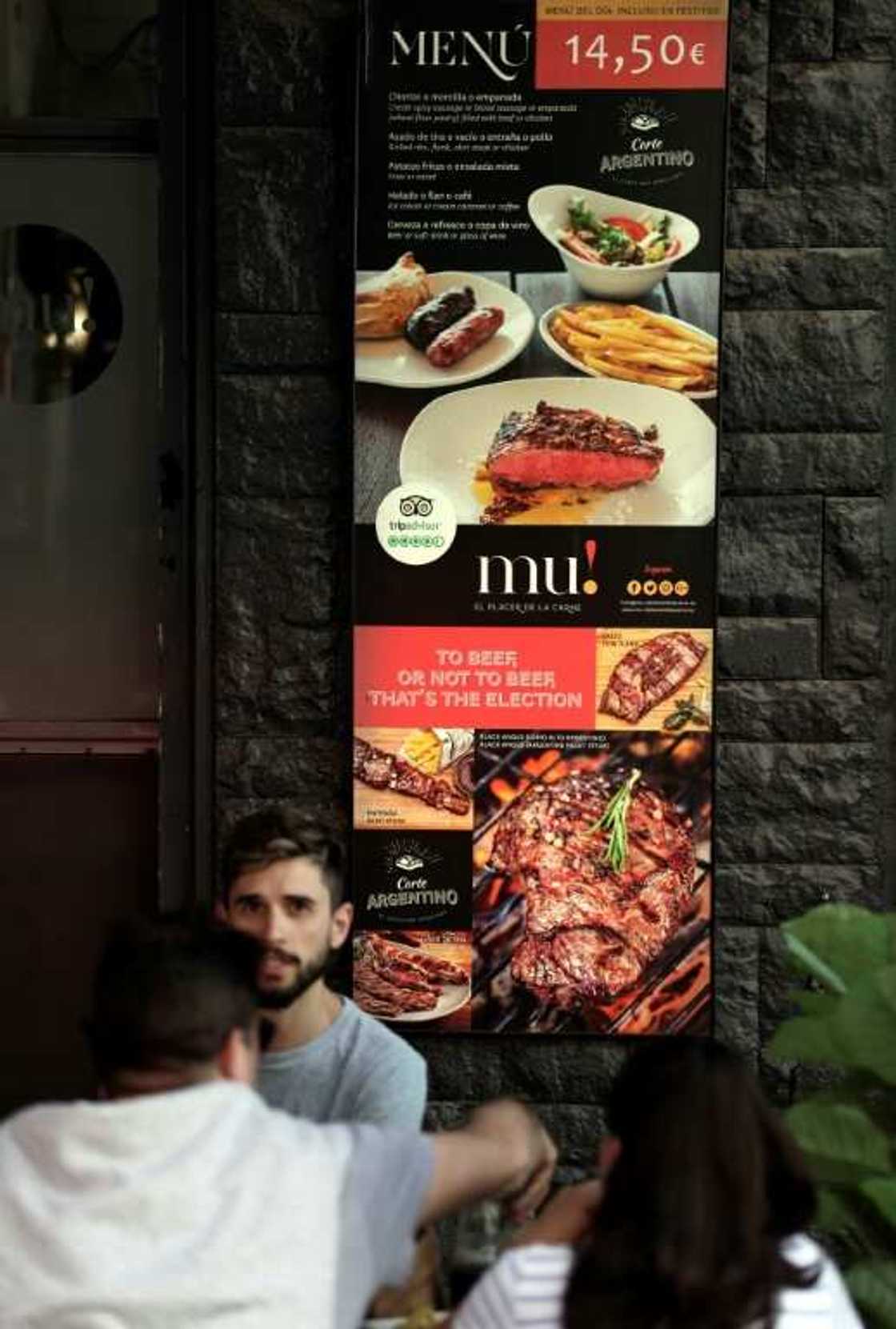
Source: AFP
"It's a very, very popular way of eating lunch with millions sold every day across the country. It's something we are constantly tracking," he said.
Describing itself as "extremely worried by the effects of inflation and the price rises of recent months," the association found three-quarters of its restaurants had raised the price of their menu del dia between November 2021 and April 2022.
And that was before inflation peaked in July at 10.8 percent.
In recent months, the price of olive oil has risen by 42.5 percent alongside the cost of bread, milk, eggs, meat and pasta, not to mention the spiralling bills for electricity, refrigeration or gas for stoves and ovens.
With the industry "badly hit by rising energy and raw material costs at a time when it was still recovering from the health crisis", it has had little choice but to raise prices, Gallego said.
In most cases, restaurants have raised the price of their menu del dia by 10 to 15 percent, an increase of between 1.0 and 1.5 euros.
'We won't survive'
At Cafe Gijon, a landmark restaurant on Madrid's central Castellana boulevard, they serve up 250 set meals a day, priced at 15 euros each.
But manager Jose Manuel Escamilla said the prices are likely to rise in the coming weeks.
"Everything's going up: the price of electricity and mortgage costs have shot through the roof. If things carry on like this, we won't survive."
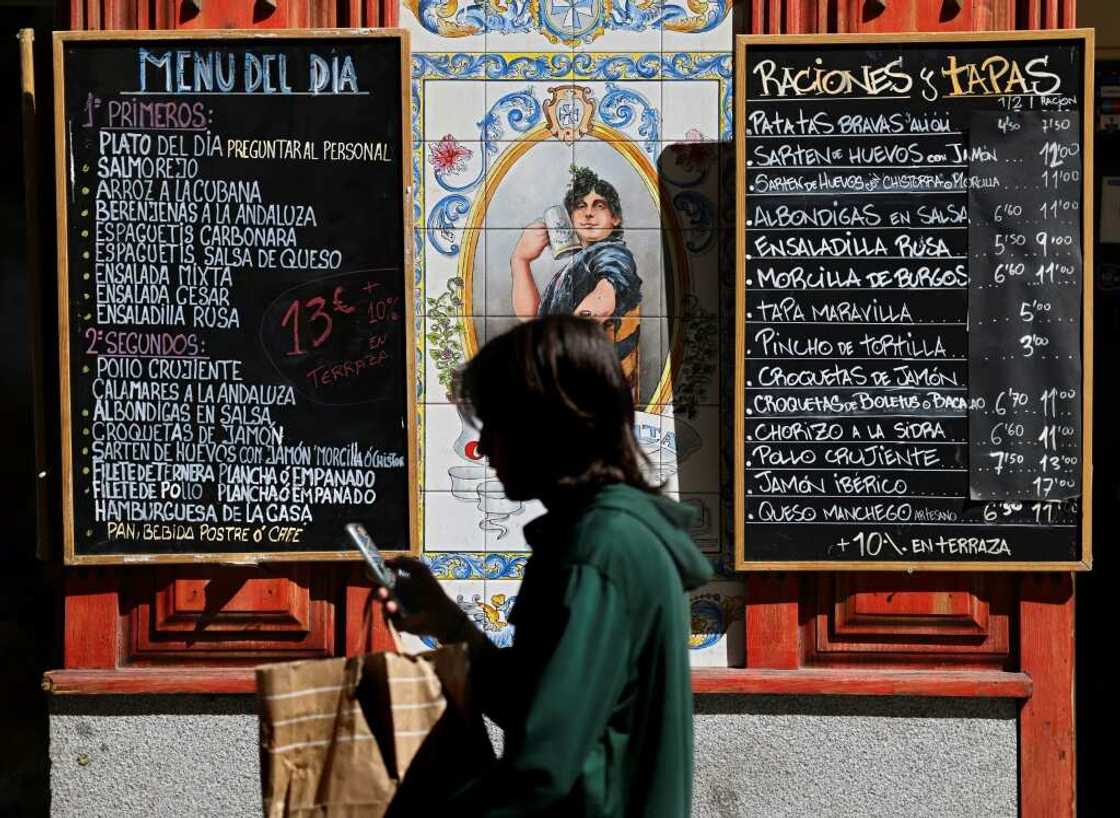
Source: AFP
"It's difficult because it will affect our customers but at the end of the day, if we don't do it, we won't be able to function," he said.
Many restaurants are searching for other ways to save money and protect their margins.
At a restaurant in one of Madrid's chic neighbourhoods, they are now ordering meat in bulk and whole fish rather than pre-cut portions because the price is lower, admitted one of its buyers, speaking on condition of anonymity.
Gallego believes other restaurants will adapt by creating other formats, such as a two-course option of a main course with either a starter or dessert.
At Valgame Dios in Madrid's Chueca neighbourhood, the number of dishes on offer has already been slimmed down.
"Instead of three or four starters, we have two," explains waitress Laura Rubio, who says she's just "waiting to see what will happen" and whether it will put off diners.
Like other customers, 47-year-old scriptwriter Helio Mira is putting a brave face on things.
"It's not only the price of the menu del dia that is going up but the price of life in general but what can we do?" he said.
"We just have to ride out the storm."
Source: AFP



